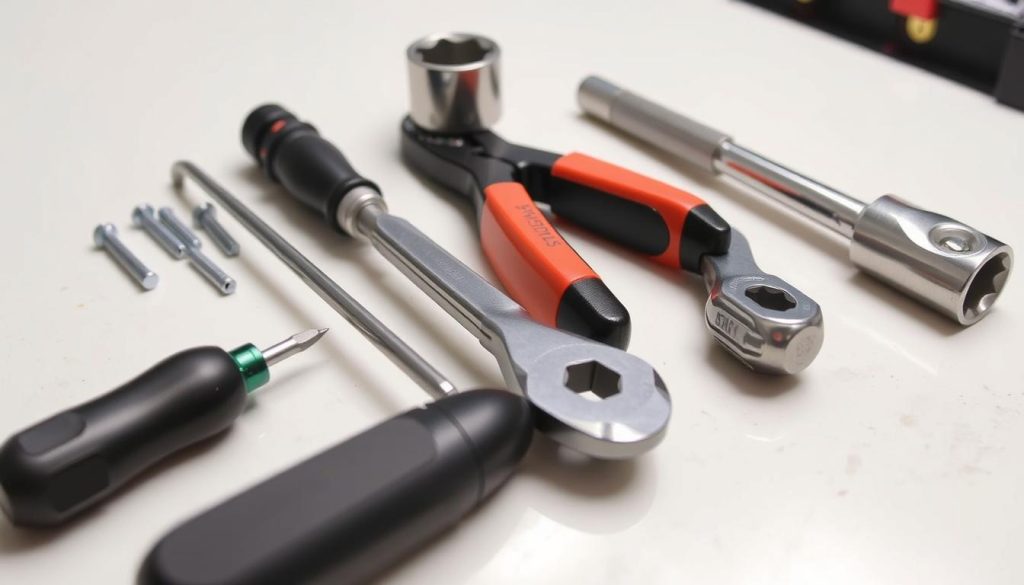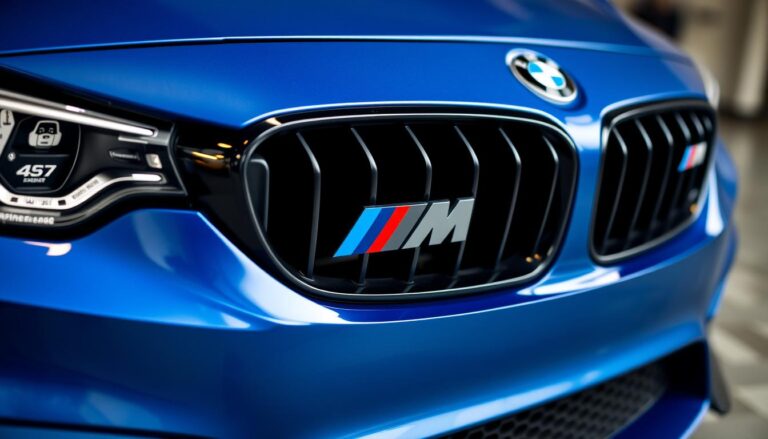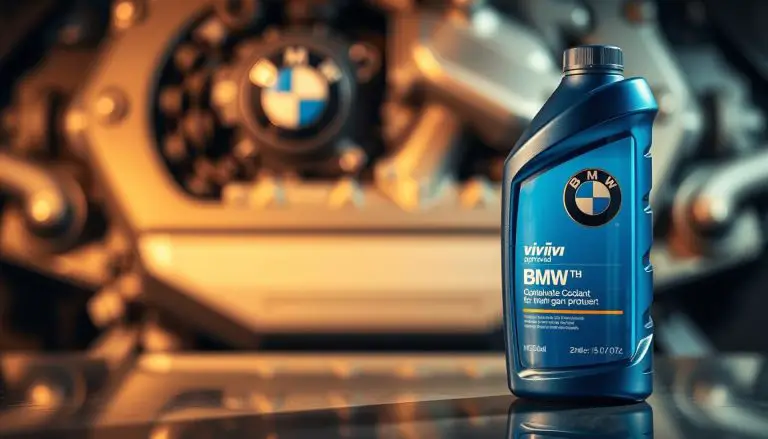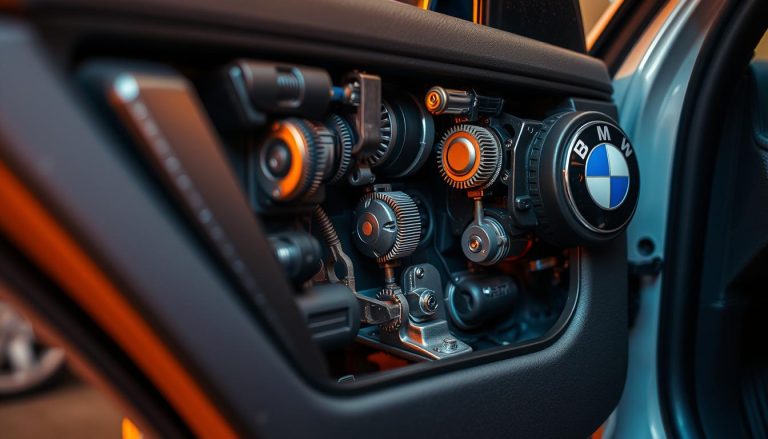Ensuring the BMW’s engine performance remains optimal is paramount for a seamless driving experience. The removal of the junction box from the intake manifold, while seemingly complex, is actually quite accessible with the appropriate guidance.
Engaging in this DIY BMW repair enables you to guarantee your vehicle’s engine operates at peak efficiency. The removal of the junction box not only enhances access to the intake manifold but also facilitates thorough cleaning and maintenance.
Key Takeaways
- Removing the junction box improves engine performance.
- This DIY task is essential for maintaining your BMW’s engine.
- Proper maintenance can prevent future engine issues.
- DIY BMW repair can be cost-effective and rewarding.
- Regular engine maintenance is crucial for longevity.
Understanding the BMW Junction Box and Its Function
The junction box is a critical component within the electrical framework of BMW vehicles. It serves as a nexus for diverse electrical connections, facilitating the seamless communication between various engine components.
What is the Junction Box in a BMW Engine?
The junction box in a BMW engine functions as an electrical distribution center. It accommodates relays, fuses, and connectors, designed to manage the distribution of electrical power and control signals to the engine’s disparate components.
Common BMW Models and Junction Box Variations
BMW models exhibit variations in junction box design and location. For example, the E46 3 Series, E90 3 Series, and X5 showcase distinct configurations. Grasping these nuances is essential for accurately identifying the appropriate removal procedure.
Why You Might Need to Remove the Junction Box
Removal of the junction box may be necessary for maintenance, repair, or upgrade reasons. Common scenarios include the cleaning or replacement of faulty electrical components, addressing issues with the intake manifold, or undertaking engine modifications.
| BMW Model | Junction Box Location | Common Issues |
|---|---|---|
| E46 3 Series | Near the intake manifold | Electrical faults, overheating |
| E90 3 Series | Engine bay, driver’s side | Corrosion, faulty relays |
| X5 | Behind the engine cover | Water ingress, fuse issues |

Tools and Materials Required
Embarking on a DIY BMW repair necessitates the acquisition of precise tools, pivotal for the efficient and secure removal of the Junction Box from the intake manifold. The selection of appropriate tools and materials is critical to the success of this endeavor.
Essential Tools for the Job
For the removal process, a comprehensive set of tools is imperative. This includes socket wrenches, Torx drivers, and a specialized plastic trim removal tool. These instruments facilitate the access and removal of the Junction Box, safeguarding against damage to adjacent components.
Optional Tools That Make the Job Easier
While not indispensable, supplementary tools can notably streamline the process. A flashlight enhances visibility, a magnetic tray aids in the organization of small parts, and a work light illuminates the workspace. These optional tools contribute to the task’s simplicity.
Safety Equipment Recommendations
Ensuring safety is paramount when engaging with your vehicle. Essential safety equipment includes gloves to shield hands from sharp edges, safety glasses to protect against debris, and a fire extinguisher in proximity. Adequate safety gear is indispensable for accident prevention during BMW engine maintenance endeavors.

Preparing Your BMW for Junction Box Removal
To ensure a smooth process, preparing your BMW for junction box removal is essential. This step is crucial for a safe and efficient removal process.
Safety Precautions Before Starting
Before you begin, ensure your safety by taking a few precautions. Disconnect the battery to prevent any accidental engine starts or electrical shocks. Wear protective gear, including gloves and safety glasses, to protect yourself from potential hazards.
It’s also a good idea to consult your BMW’s repair manual for specific safety recommendations related to your model.
Accessing the Engine Bay Properly
To access the junction box, you’ll need to open the engine bay. Start by removing any covers or shields that may be obstructing your view. Use a socket wrench to loosen any bolts holding these covers in place.
Once you have access, take a moment to familiarize yourself with the engine bay’s layout, locating the intake manifold and other surrounding components.
Identifying the Junction Box Location
The junction box is typically located near the intake manifold. Consult your repair manual or a diagram specific to your BMW model to confirm its exact location.
Take note of any electrical connections or hoses attached to the junction box, as these will need to be disconnected during the removal process.
Documenting Your Starting Point
Before you start disconnecting components, take photos or make notes about the junction box’s connections and surrounding components. This documentation will be invaluable during the reassembly process.
Create a table to organize your findings:
| Component | Connection Type | Notes |
|---|---|---|
| Junction Box | Electrical | Connected to intake manifold |
| Intake Manifold | Physical | Attached to engine block |
Step-by-Step Process to Remove BMW Junction Box From Intake Manifold
For those inclined towards DIY endeavors, the removal of the BMW junction box from the intake manifold presents a formidable yet achievable challenge. This procedure is paramount for DIY BMW repair and BMW engine maintenance. Adherence to each step with meticulous precision is imperative for a seamless execution of the task.
Disconnecting the Battery
The initial step necessitates the disconnection of the battery to avert potential engine activation or electrical mishaps. The location of the battery within your BMW dictates the commencement of the process. The disconnection sequence should adhere to the protocol of first the negative terminal, followed by the positive, a precautionary measure of paramount importance.
Removing Surrounding Components
Accessibility to the junction box is contingent upon the removal of adjacent components. These may encompass engine covers, air intake ducts, or other obstructions. Consultation with your BMW’s repair manual is indispensable for identifying the requisite components for removal.
Disconnecting Electrical Connections
The junction box’s electrical connections necessitate a meticulous disconnection. This process demands attention to detail, with a focus on the precise identification and documentation of each connection’s position and label. A wiring diagram can serve as a valuable resource in this endeavor, ensuring the correct reconnection of these connections post-removal.
Detaching the Junction Box
With the electrical connections severed, the junction box’s detachment from the intake manifold becomes feasible. This stage may require the removal of bolts or clips, a task that necessitates a delicate touch to prevent damage to adjacent components or the junction box itself.
Inspecting the Removed Junction Box
Upon successful removal, a thorough inspection of the junction box is imperative. This examination should encompass a scrutiny for any signs of damage, wear, corrosion, or burnt wires. Such an assessment is critical in determining whether the junction box merits replacement or if it can be repaired.
Adherence to these meticulously outlined steps will empower you to successfully remove the BMW junction box from the intake manifold, thus ensuring a proficient DIY BMW repair. It is advisable to refer to your repair manual for specific instructions and to prioritize safety throughout the process.
Troubleshooting Common Issues During Removal
The process of junction box removal necessitates a troubleshooting phase, aimed at overcoming potential obstacles. In the context of BMW junction box removal, several common issues may arise, complicating the procedure.
Dealing with Stuck Connectors
Stuck connectors represent a frequent challenge. To address this, a small quantity of penetrating oil should be applied to loosen any corrosion. Subsequently, the connector should be gently manipulated, oscillating it back and forth while simultaneously pulling it away from the junction box.
Handling Corroded or Damaged Parts
Corrosion or damage to components can impede the removal process. A thorough inspection of the area is imperative. If corrosion is detected, it should be cleaned using a wire brush and a solution of baking soda and water. In cases of damaged parts, their replacement is advisable to ensure the longevity of your BMW’s electrical system.
What to Do If You Encounter Resistance
Encountering resistance during junction box removal necessitates caution. Forcing the removal is not advisable. Instead, the process should be halted for assessment. It is crucial to verify the presence of any remaining connectors or clips that might be impeding removal. Consultation with your BMW’s repair manual is recommended for specific guidance.
When to Seek Professional Help
Recognizing the need for professional assistance is paramount. If any aspect of the process remains unclear or if a problem persists, seeking the expertise of a professional mechanic is advisable. They possess the necessary knowledge and tools to complete the task safely and efficiently.
| Issue | Solution |
|---|---|
| Stuck Connectors | Apply penetrating oil and gently wiggle the connector |
| Corroded or Damaged Parts | Clean corrosion with a wire brush and baking soda; replace damaged parts |
| Resistance During Removal | Stop and assess; check for remaining connectors or clips |
Preparation for these common issues is essential for a successful DIY BMW repair experience. Patience and the application of appropriate troubleshooting measures are critical for the successful removal of the junction box from your BMW’s intake manifold.
Conclusion
The act of removing the junction box from the intake manifold is a pivotal aspect of BMW engine maintenance. This endeavor necessitates a blend of patience and meticulous preparation, facilitated by the utilization of appropriate tools and an in-depth understanding of the process.
The removal procedure encompasses several critical phases, commencing with the disconnection of the battery, followed by the removal of adjacent components, and culminating in the detachment of the junction box. It is imperative to conduct a thorough inspection of the junction box post-removal. Any signs of damage or corrosion, such as those affecting the intake manifold gaskets, must be addressed with the replacement of the affected parts.
For a detailed walkthrough and troubleshooting advice, consult the comprehensive guide offered by Pelican Parts, a renowned authority in BMW maintenance and repair.
Adherence to this guide empowers DIY enthusiasts to undertake the removal of the BMW Junction Box from the intake manifold with confidence. This ensures the engine operates with enhanced efficiency and longevity. Regular maintenance of the BMW engine is indispensable for maintaining optimal performance and extending its lifespan.
FAQ
What is the purpose of removing the BMW junction box from the intake manifold?
The removal of the BMW junction box from the intake manifold is a common procedure for maintenance or repair. It allows for the cleaning or replacement of the junction box, or facilitates access to other components within the engine bay.
Is it safe to remove the junction box myself, or should I seek professional help?
While the removal of the junction box can be attempted by an individual, it is advisable to possess experience with electrical systems and adhere to safety protocols. If in doubt, consulting a professional mechanic or a BMW specialist is recommended.
What tools do I need to remove the BMW junction box?
The tools required for the removal of the BMW junction box can vary by model and year. Typically, a socket set, Torx drivers, and specialized electrical connector removal tools are necessary. Refer to the guide provided for a detailed list of required tools.
Can I remove the junction box without disconnecting the battery?
No, disconnecting the battery before commencing the removal process is essential. This precaution prevents accidental engine starts and electrical shocks.
How do I handle corroded or damaged parts during the removal process?
When encountering corroded or damaged parts, cleaning or replacement is advisable. Utilize a wire brush or corrosion cleaning solution for corroded areas. Consider replacing damaged parts to ensure reliable operation.
What if I encounter resistance while removing the junction box?
In the event of encountering resistance, immediate cessation and assessment are necessary. Inspect for any remaining connections or obstructions. If uncertain, seek the advice of a professional mechanic.
Are there any specific safety precautions I should take when removing the junction box?
Yes, protective gear such as gloves and safety glasses is mandatory. Ensure the engine is cool before initiating the removal process. Adherence to lockout/tagout procedures is also crucial to prevent accidental engine starts.
Can I reuse the junction box after removing it?
The decision to reuse the junction box hinges on its condition. If damaged or corroded, replacement is advisable. If in good condition, thorough cleaning and inspection before reinstallation are recommended.


